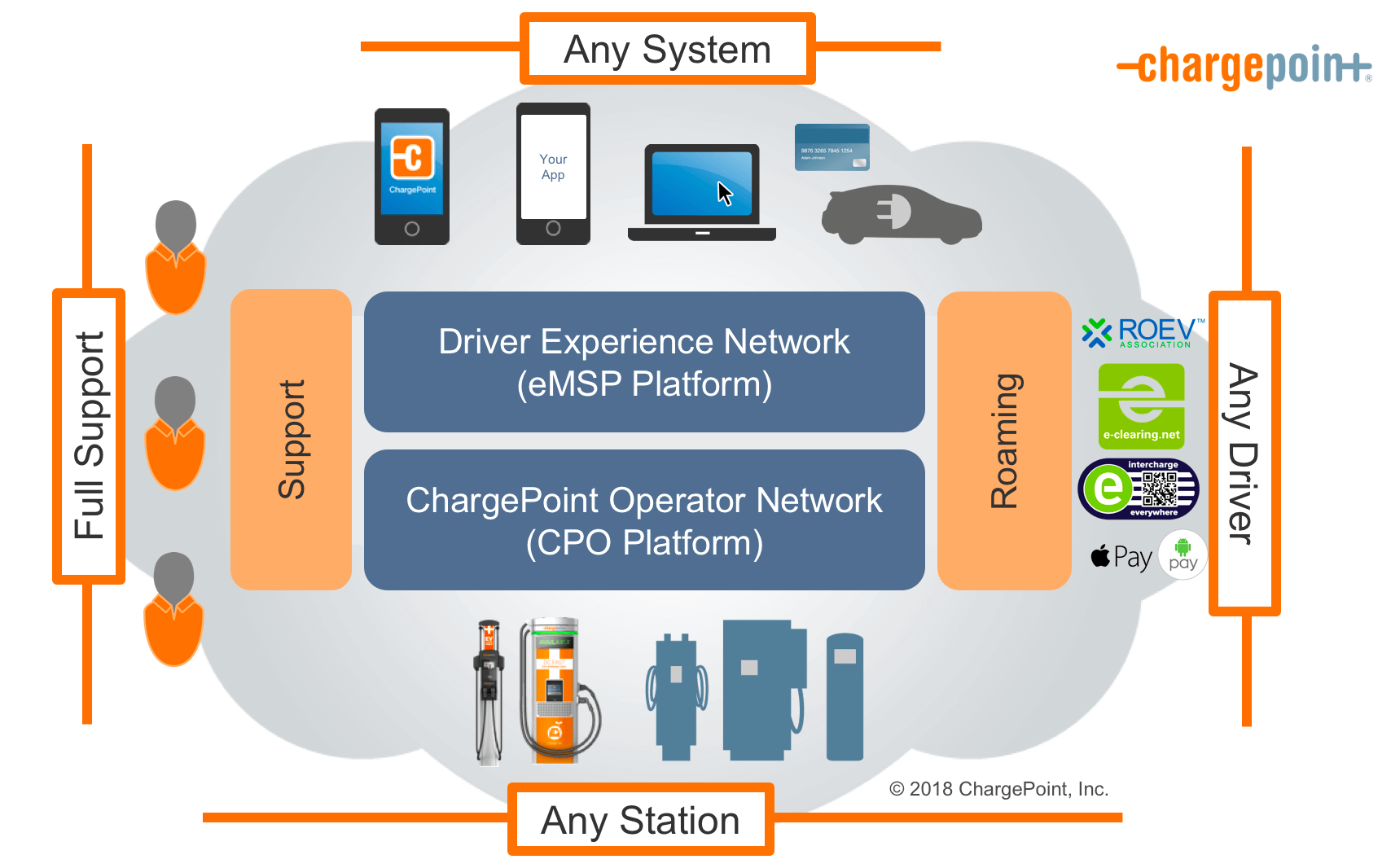

In March 2019, Highways England awarded BP Chargemaster and Swarco a £2.8million contract to install new charging points at public locations close to the major road network.Īt the start of 2020, Roadchef, Welcome Break and BP were all quoted criticising the UK's electricity infrastructure, which they said was hindering their roll-out of charging facilities. In fact not only did most motorway service areas already have one, but Little Chef had already created a network of about 80 chargers which covered many major A-roads, and would go on to outlive their brand. The announcement came with much government fanfare, even though just about every motorway service area already had one. Providing an electric vehicle charging point finally became a mandatory obligation of motorway service areas in 2017. In most cases, this symbol is substituted for another food brand. This weak commitment received fawning media coverage.Īt the same time the regulations were updated to acknowledge that there is an official symbol for electric vehicle charging points, and to advise that this can be used on motorway signs to advertise the facility.
#Charge point services update
Despite this, the 2013 update merely said that it encouraged operators to provide recharging facilities and alternative fuel technologies. The UK service area regulations contained no reference to charging points until 2013, even though operators had been fitting them since before the previous regulations were written. This website is not in a position to advise on the merits of different charging brands. This is not an exhaustive list of EV charging brands, only those at official service areas.


The hurdle for motorway service areas continues to be a lack of charging capacity, with some sites having to decommission their charging points because they were taking power from the main facilities. This could shake up the choice of motorway charging units, with Tesla Supercharger and IONITY also being introduced at some sites, alongside GRIDSERVE, leading to a variety of charging brand names being available at some sites. Meanwhile, big forecourt operators have been rolling out charging points under their own name, and this includes Applegreen, who are able to roll out rapid charging points at their Welcome Break motorway service areas. Their theory is that by 2030, 30% of their customers will be using electric vehicles. Moto have been particularly keen on this, saying they want a minimum of six high-powered chargers across half of their estate by the end of 2023, ahead of the government's own target. The most common motorway charging point brand is the Electric Highway, which was acquired by GRIDSERVE, who led a refurbishment scheme. The problem now is that the original charging points, which were rolled out in 2007, are too few and not powerful enough. The overwhelming majority of service areas have fitted electric vehicle charging points.


 0 kommentar(er)
0 kommentar(er)
